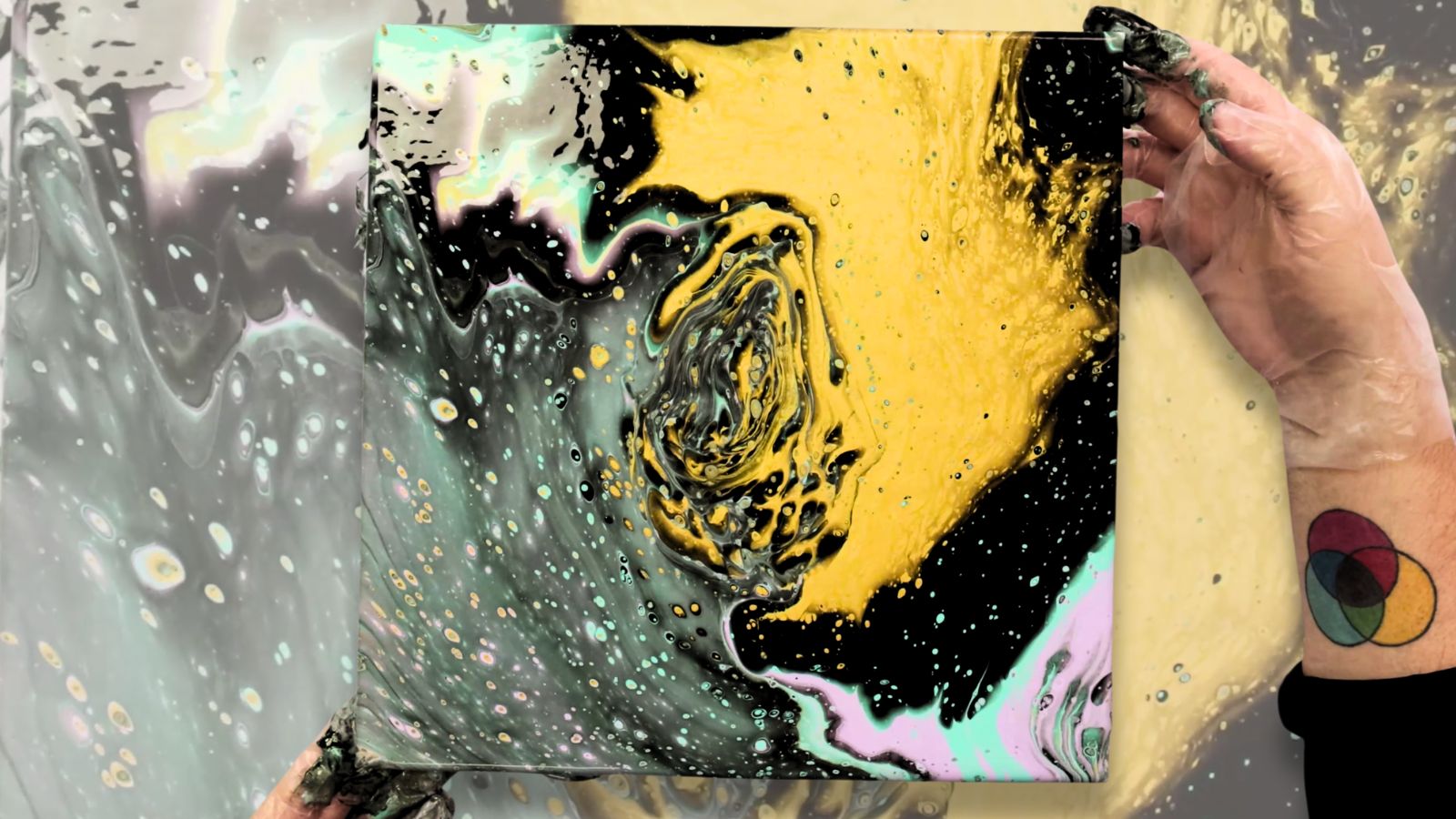Cityscapes have caught the eye of many artists over the years. The awe-inspiring, towering skylines have even made some cityscapes, like New York and Shanghai, iconic. With all their intricacies, it takes a mathematical approach and precise line-work to create a good cityscape drawing. To help you on your way, here are 10 of our top tips for creating your own city skyline artwork.
1. Choose the Right Materials

Cityscape drawing requires precision and detail, so choose materials that allow you to create clean line work. Some tools and materials you might like to try include fine tip markers, ballpoint pens, technical pens, dipper pens, pencils with hard leads and watercolour pencils for adding colour to your masterpiece.
2. Understand Perspective

There are three main types of perspective and an understanding of them is crucial for cityscape drawing. Perspective allows you to create three-dimensional shapes and scenes on a two-dimensional surface. Learning how to draw perspective is an in depth topic, but we’ve outlined the 3 main types below to get you started.
One Point Perspective
One point perspective shows how things appear to get smaller as they get further away. In this type of lineal perspective, the object converges towards a single ‘vanishing point’ on the horizon line. This is often used when you’re looking at the front of a building, or looking at something long that’s vanishing into the distance (like a path or road).
Two Point Perspective
In two point perspective, two vanishing points are established on the horizon line. Parallel lines run along the width and depth of the object and meet at two separate points on the horizon line. In the context of cityscape drawing, this method is used when looking at the corner of a building.
Three Point Perspective
Three point perspective is similar to two point but it has three vanishing points: two along the horizon and a third located above or below the horizon. In cityscape drawing, this is used when you’re looking up, or down, from the corner of a building.
3. Draw from Life or a Photograph

To create a realistic cityscape drawing, pay close attention to the details of the scene. If you can, take your pencil and pad outside and draw what you see on the street, or find a spot that overlooks the city. For those who don’t live close to a city or who want to draw one of the iconic cityscapes in another country, print off a high res photograph to use as a reference.
4. Plan with a Pencil

Plan out your drawing with a pencil first so that you can refine your composition and detailing before you make permanent marks with your pen. This will help you fine tune your drawing so that you can identify any areas that need improvement. The last thing you want with a detailed artwork like this is to get halfway through and make a mark you regret.
5. Don’t Rely on Rulers
Although it’s tempting, don’t rely on rulers too much. Too many straight lines will make your work lifeless, so try to draw free hand as much as possible. Of course there will be times when a ruler will be required to lay a straight line for elements such as the horizon line.
6. Bring Your Cityscape Drawing to Life with Colour

Once you’ve planned your drawing with pencil and gone over it with pen, it’s time to bring it to life. Watercolour is a great choice for adding colour to your cityscape drawing because it allows you to add depth, highlights and life. Water-soluble pencils and alcohol based graphic markers are also a great choice for this stage of your artwork.
7. Pay Attention to the Light Source
Your use of light and shadowing can make or break your cityscape drawing. Make sure you know where the light source is in your image because this will dictate where the shadows lie. The different tonal values on each side of the buildings should also be observed to give them a three-dimensional effect.
8. Create Perspective with Light

Another lighting related tip is to create depth in your artwork using light. In most cases, a building in the distance will appear lighter than buildings up close. Keep this in mind when you’re adding colours to your cityscape so that you don’t end up counteracting the three-dimensional effects in your drawing.
9. It’s Okay to Leave out Details
When you’re creating a complex city scene, it’s okay to leave out some of the details. This makes the process easier and often looks better than weighing down your artwork with too much visual information. When you’re drawing a window, for example, the top and side are all that is needed to suggest it’s existence – the mind will fill in the rest.
10. Try Different Mediums
Don’t be afraid to mix it up. Using mixed media for urban scenes is a great way to add detail, highlights and other effects. A couple of examples include using paint over pen to suggest lights on in a building at night, a wash of watercolour to create shadow on the side of a building or using fine hard lines to portray detail over a subtle coat of Gouache.
As with any artwork, practice and planning is a key part of creating your best work. If you’d like to see a cityscape drawing being created and get some extra tips, watch our ‘How to Make a Cityscape Drawing’ video lesson. We’d love to see your artwork, so don’t forget to tag @montmarteart or #montmarteart to show us what you’ve created.





































